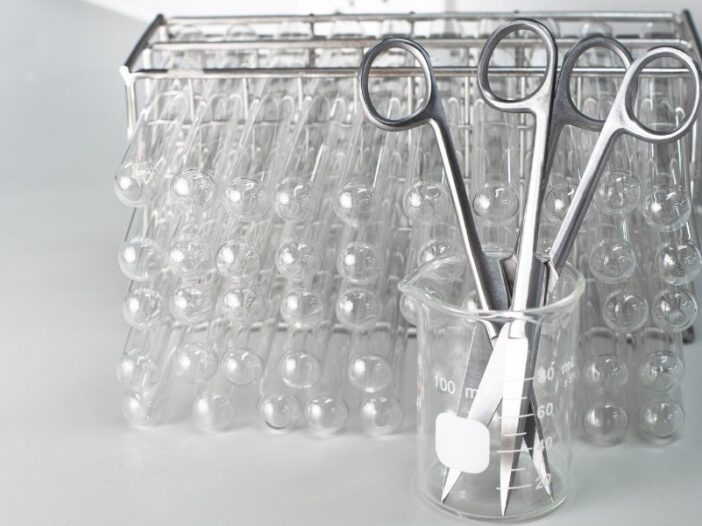
Laboratory equipment has been an essential component in modern-day research and development that has led to significant advancements in different fields of science.
Research is an expensive and time-consuming activity that requires the accuracy and precision of a wide range of lab equipment.
Many researchers are working to find the best tools to help them produce accurate, repeatable, and reliable results in a shorter time frame and within their budget. This blog post explores how practical lab equipment can enhance research efficiency.
Table of Contents
Accurate and Reliable Results
Most experts understand that consistency is essential for scientific research. Practical lab equipment such as advanced microscopes and chromatography systems offer researchers a clear view of minute details that cannot be seen with the naked eye. This level of accuracy and precision enables researchers to get clear answers and repeat their experiments quickly. By ensuring their results are accurate and repeatable, researchers can reduce the risk of errors and increase the credibility of their findings, leading to more efficient research.
Faster and More Efficient Experimentation
Practical lab equipment is designed to simplify communication, collation, and data analysis. Advanced software systems integrated into lab equipment make it possible to share real-time data between lab members who may be working in different locations. For instance, equipment such as DNA sequencers, automated sample processors, and data analysis software significantly reduce the time spent on repetitive tasks and data analysis, allowing researchers to focus on creating novel experiments and analyzing collected data.
Effective Time Management
Effective time management is critical to achieving research goals within a limited time frame. Practical lab equipment helps improve research by handling tasks that would typically require a lot of time and effort. For example, the automated sample preparation devices and imaging systems automate and streamline sample preparation and data collection, reducing the time researchers spend on these tasks. This allows them to focus their attention on other research activities, leading to increased productivity.
Cost Savings
From finding reliable PPE to choosing the right pair of lab scissors, the cost of research equipment can be a significant limiting factor, especially for smaller organizations and lab workers who may not have access to the latest equipment. Practical lab equipment has been designed to be cost-effective, making it more accessible to researchers. Furthermore, equipment such as high-frequency sonicators and microplate readers can perform several tasks simultaneously, reducing the need for multiple pieces of equipment and leading to cost savings.
Transforming Research One Tool at a Time
Using practical lab equipment such as computer programs and software has transformed the research industry by making it possible to handle tedious and repetitive tasks with minimal effort. Choosing the right items for a particular research task is essential to optimize scientific output and increase research productivity. Practical lab equipment is vital in enhancing research efficiency by simplifying tasks and reducing the time and cost associated with research while ensuring accuracy and reliability in findings.